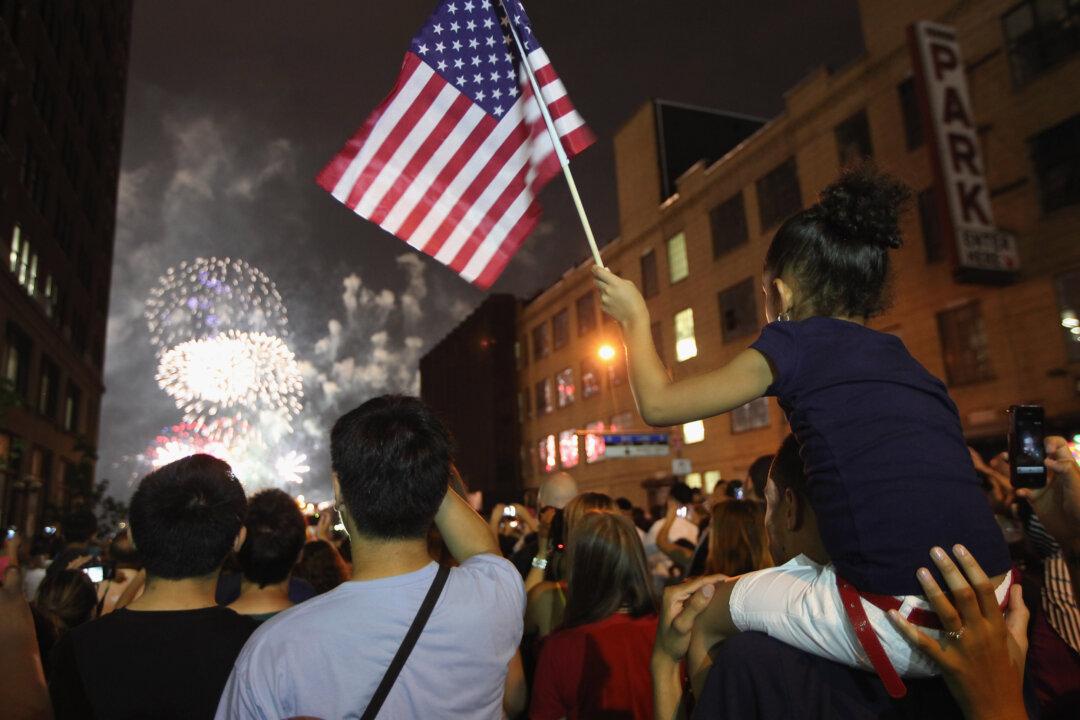Celebrating the Fourth of July is synonymous with backyard barbecue, enjoying the company of friends, family, and neighbors, and of course, fireworks. There are several ways to enjoy Independence Day free of any mishaps. The United States Consumer Product Safety Commission reports that throughout July each year fireworks are responsible for an average of 200 visits per day to emergency rooms. Most fireworks injuries, 41 percent, are to the hands and fingers, while 19 percent affect the head and face.
The National Council on Fireworks Safety suggests keeping water ready. Either a hose or bucket should be at hand to put out fires. Keep a water-filled bucket nearby to discard lit, dud fireworks. Wait a minimum of 20 minutes before handling a dud firework.
Fireworks should be used exclusively outdoors, avoid homemade or illegal fireworks, and report any illegal fireworks activity to authorities.
Wearing safety glasses may help prevent injuries to the eyes, as will not standing directly over fireworks.
Read labels prior to lighting fireworks.
Even sparklers reach a temperature of 2,000 degrees Fahrenheit, and may remain hot for hours after being lit. The National Safety Council states that young children should never handle fireworks, and older children and teens should always be supervised. Teaching safe behaviors such as lighting one firework at a time, not pointing fireworks at people, keeping a distance from onlookers and flammable materials may help to keep the Fourth of July celebration injury-free.
Food safety is important too. While enjoying a backyard barbecue there are also safe practices to keep in mind, especially when meat’s on the menu. Make sure to thaw meats safely by making sure they are thoroughly thawed, ensuring they cook thoroughly and evenly. According to FoodSaftey.gov, meats can be kept safely at 40 degrees Fahrenheit or below.
Discard any food left out more than two hours, and to prevent the spread of harmful bacteria keep utensils and plates contaminated by raw meats separated from clean ones.
The Centers for Disease Control’s website provides a list of foodborne diseases associated with raw, undercooked or poorly processed meats. Each year one in six Americans will contact a foodborne disease.
Stay safe this Fourth of July with smart fireworks and food preparation practices.




